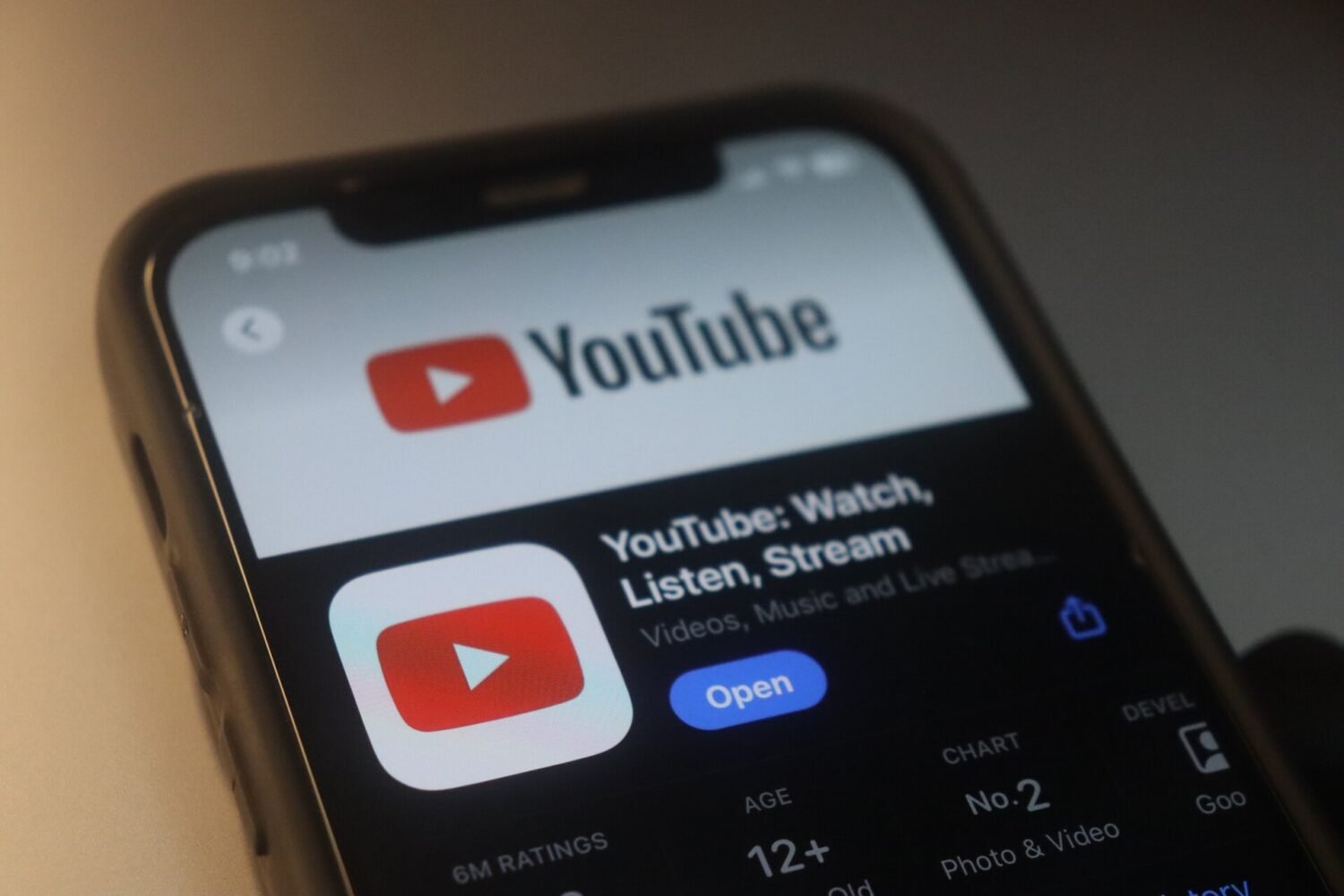
YouTube Introduces More Affordable Premium Lite Plan in the U.S., Expanding Access to Ad-Free Viewing
YouTube is shaking up its premium subscription offerings in the United States with the launch of a new, more budget-friendly option: YouTube Premium Lite. Priced at $8 per month, this new tier joins the existing $14 per month YouTube Premium plan, providing viewers with a less expensive alternative to enjoy ad-free content on the platform. This strategic move by YouTube aims to broaden the appeal of its premium services, catering to a wider range of users who desire an uninterrupted viewing experience without the full suite of features included in the standard Premium subscription.
The introduction of Premium Lite is a significant development for both YouTube and its user base. For years, the standard YouTube Premium plan has been the primary avenue for viewers seeking to eliminate advertisements from their viewing experience. While the benefits of ad-free viewing, background playback, and offline downloads have been attractive, the $14 monthly price tag has been a barrier for some. The new Premium Lite plan addresses this concern by offering a more accessible entry point into the world of ad-free YouTube.
The core appeal of YouTube Premium Lite lies in its simplicity: it removes advertisements. For many viewers, this is the single most compelling reason to consider a premium subscription. The constant barrage of pre-roll ads, mid-roll interruptions, and banner advertisements can be disruptive and detract from the overall viewing experience. Premium Lite eliminates these distractions, allowing viewers to immerse themselves in their favorite content without interruption.
The target audience for Premium Lite likely includes those who are already subscribed to other music streaming services, such as Spotify or Apple Music. The standard YouTube Premium plan includes ad-free access to YouTube Music, which is a valuable perk for users who rely on YouTube for their music listening needs. However, for those who already pay for a dedicated music streaming service, the music-related features of YouTube Premium may be redundant. Premium Lite caters to this segment by offering ad-free video viewing at a lower price point, without bundling in the music features they may not need.
The existing YouTube Premium plan will remain the full-featured offering, providing a comprehensive set of benefits for dedicated YouTube users. In addition to ad-free viewing, Premium subscribers enjoy background playback, allowing them to continue listening to videos even when the YouTube app is minimized or the device is locked. This is particularly useful for listening to podcasts, music, or long-form content while multitasking. Premium also enables offline downloads, allowing users to save videos to their devices for viewing later, even without an internet connection. This feature is ideal for travelers, commuters, or anyone who wants to enjoy YouTube content in areas with limited or unreliable internet access.
The launch of Premium Lite could have a ripple effect on the broader streaming landscape. With its $8 per month price tag, Premium Lite positions itself as a competitive alternative to other major streaming services. While it doesn’t offer the same breadth of content as services like Netflix or Disney+, it provides a compelling value proposition for users who primarily consume content on YouTube. The ad-free viewing experience, combined with the vast library of user-generated and professionally produced content available on YouTube, makes Premium Lite an attractive option for cord-cutters and those looking to optimize their entertainment spending.
The article’s author notes a personal anecdote, highlighting the increased time spent on YouTube after subscribing to a premium plan. This underscores the value of the ad-free experience. The absence of disruptive advertisements creates a more enjoyable and engaging viewing environment, encouraging users to explore more content and spend more time on the platform. The author also mentions canceling YouTube TV due to rising costs, further emphasizing the desire for affordable entertainment options. The author hopes for tiered options for YouTube TV, catering to those who don’t want to pay for sports packages, demonstrating a growing demand for customizable streaming services. The frustration expressed about the increasing frequency of politically charged or misleading advertisements on the free version of YouTube highlights another key benefit of the Premium Lite subscription: the ability to avoid potentially harmful or offensive content.
The decision to launch Premium Lite in the U.S. and select international markets, including Thailand, Germany, and Australia, suggests that YouTube is carefully testing the waters before a wider rollout. By launching in a diverse set of markets, YouTube can gather valuable data on user adoption, pricing sensitivity, and the overall impact of Premium Lite on its business. This data will inform future decisions regarding the expansion of Premium Lite to other countries and the potential development of additional subscription tiers.
The introduction of YouTube Premium Lite represents a strategic shift by YouTube towards a more flexible and accessible subscription model. By offering a lower-priced option that focuses on the core benefit of ad-free viewing, YouTube is aiming to attract a wider range of users and solidify its position as the leading online video platform. The success of Premium Lite will depend on its ability to deliver a compelling value proposition to users who are seeking an enhanced viewing experience without breaking the bank. As the streaming landscape continues to evolve, YouTube’s willingness to experiment with new subscription models will be crucial to its long-term success. The future may see more nuanced tiers focusing on specific viewing habits and desires, allowing for more granular control over the viewing experience and catering to an increasingly diverse user base.
The expansion of Premium Lite to other countries will be closely watched by industry analysts and competitors alike. If the plan proves successful in the initial launch markets, it could pave the way for similar subscription models on other video platforms. This could lead to a more competitive and consumer-friendly streaming environment, with a greater emphasis on choice and customization. YouTube’s bold move is a sign of things to come, changing how content is consumed and monetized for years to come.
